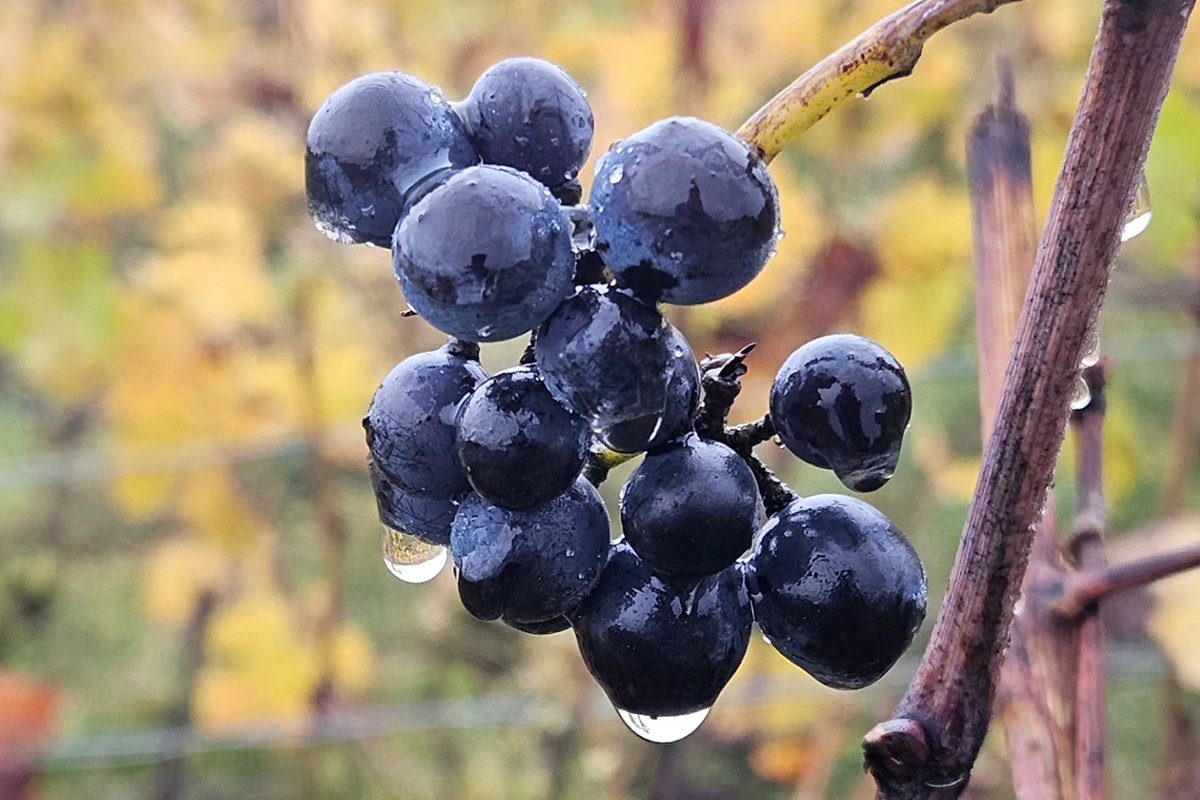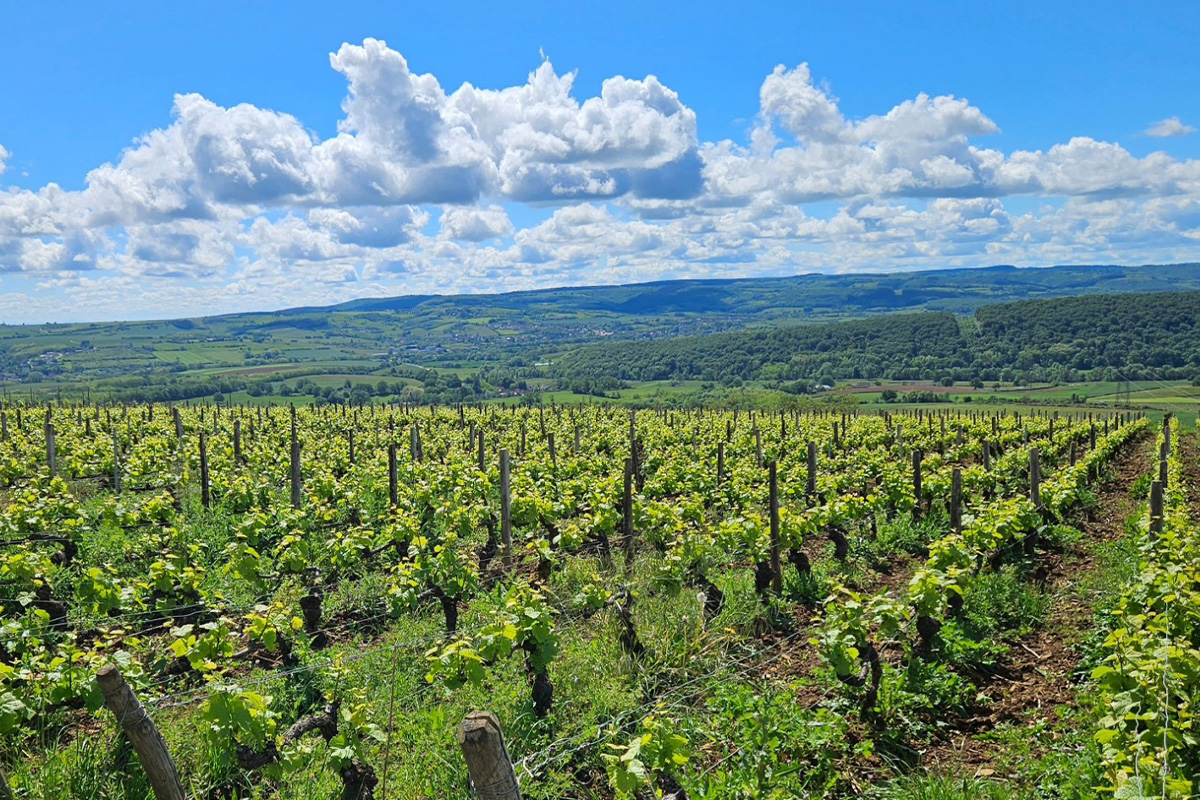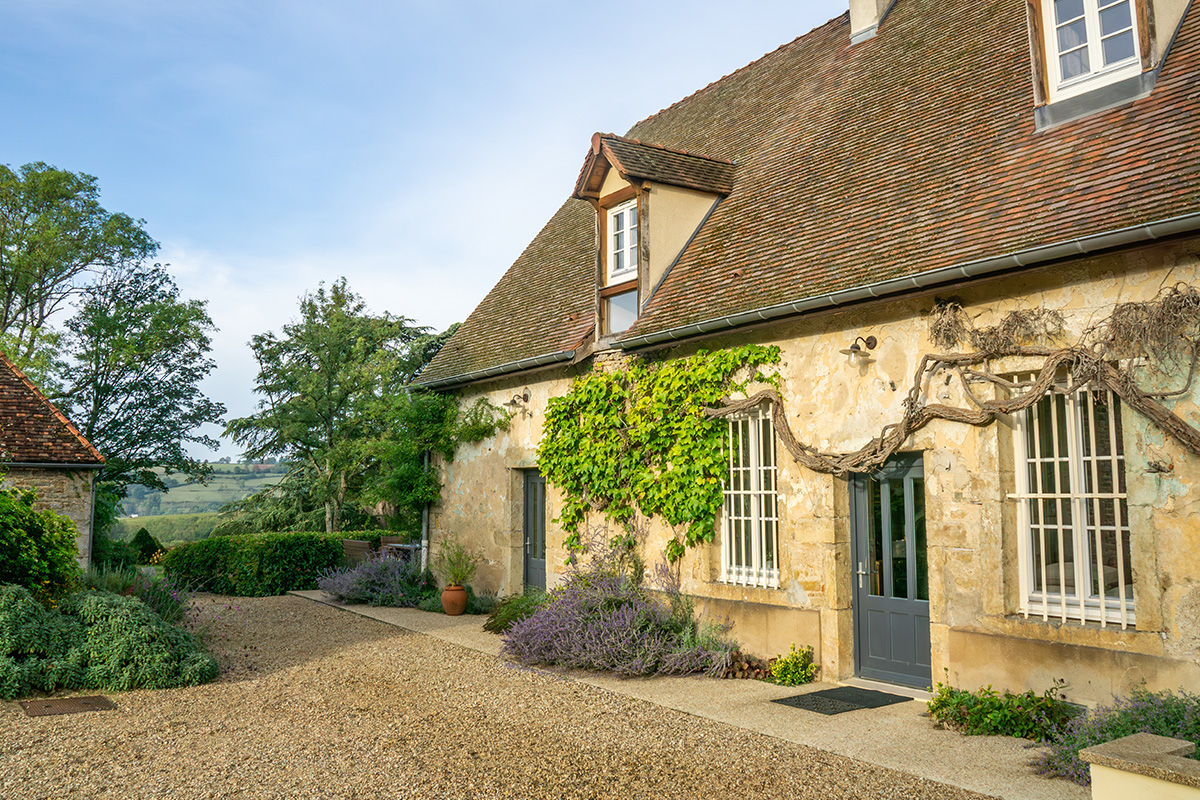View Articles by Category
Burgundy Wine and Climate Change: What Impact Did El Niño Have?

When it comes to wine, climate can affect vines significantly, especially in Burgundy, where the world-class wines featured on BurgundyWine.com by Elden Selections are made. Last year, stories began to emerge about the likely impact of a natural phenomenon known as El Niño and what that could mean for the vines. The event began in summer 2023 and ended in April 2024, so for now it’s over. But it will be back at some point in the not-so-distant future, as it tends to occur roughly once every two to seven years. It is also getting stronger when it does happen. This article takes an in-depth look at Burgundy wine and climate change and the unique ways in which Burgundy may be suited to a hotter world, but also some of the very real challenges it may face.
Translated as ‘the boy’ in English, El Niño is the term used when warm waters off the coast of South America rise to the surface of the ocean and push large amounts of heat up into the atmosphere. When the temperature of the ocean rises more than 2 degrees, it’s known as a "Super El Niño".
But these are not new phenomena by any means. In fact, they have been with us for many hundreds of years. They were first noticed by fisherman in Peru in the 17th century who began to notice that warm waters seemed to peak in December near the Americas – and for this reason they gave this concept the name "El Niño de Navidad" (in English, the “Christ Child”).

Burgundy Wine and Climate Change - Wet, Warm and Worrying?
2024 is likely to be the world’s hottest year, but it’s not just heat that will be an issue. Whilst there are likely to be droughts in Australia, rain and flooding will affect swathes of the world elsewhere. The southern US, for example, is likely to be much wetter, meaning that winegrowing in California is one industry that will need to plan and potentially mitigate some of these extreme conditions.
What does that mean in terms of Burgundy wine and climate change? Well, Burgundy has built its wine on just two grapes — Pinot Noir and Chardonnay. Pinot Noir does not cope as well as some grapes in heat, and risks being burnt by the sun due to its comparatively thin skin. If the winter is warmer, too, it may also mean higher proliferation of pests, which could appear earlier in the year. Earlier flowering and therefore an extended growing season are also likely, bringing their own concerns.
Irrigation? Not in Burgundy…
If water does become scarce, then that presents a unique challenge for this region when it comes to Burgundy wine and climate change. Something you may not know about winegrowing here is that irrigation of vineyards is heavily restricted. Policy tends to be that it is only allowed in ‘emergencies’ and even then only on a temporary basis. However, this is not always the handicap that you may be imagining. In fact, lack of water in grapes can mean a more concentrated fruit is produced, with enhanced flavors and character (if the grower picks at the right time).
At this point, folks start talking of something else, too – a phenomenon that gives an insight into how water (or the lack thereof) can affect grapes: biodynamics. Several burgundywine.com producers work according to biodynamic techniques. Biodynamic vineyards often have layers of organic matter on the soil around the vines, from the natural decay of leaves, fruit and animals – a sort of compost in effect, which allows moisture to remain in the soil for longer and mitigate very hot conditions. Expert growers in Burgundy also know that avoiding ploughing the vineyards can help to prevent moisture loss from the soil. Favouring thicker canopies of leaves on vines can provide valuable shade for grapes too (but can also risk stifling airflow and therefore raise the risk of disease).

Burgundy Wine Appellations to Watch
There are some features which are unique to this region when it comes to Burgundy wine and climate change. Some areas of Burgundy have a natural advantage when it comes to heat. Pommard, for example, lies between Beaune and Volnay, and has some characteristics which work in its favor when it comes to the warming temperatures. Its soils have more clay than is the case in nearby Volnay, and clay is great at keeping cool and retaining water. When you combine this with the active limestone that naturally occurs here, you get a full and very approachable wine with a character all of its own.
 burgundywine.com offers great deals on the wines of Pommard via the BurgundyWine.com shop. You’ll find the usual individual bottles from the best small-scale producers we’ve come to know over the last 35 years, such as Albert Boillot, Michel Rebourgeon and Michel Arcelain, as well as some of the best bottles from the Hospices de Beaune. But if you just can’t choose, then we have another option – why not invest in your very own “Discover Pommard Case”? It’s a mixed case with 12 red wine bottles in total, and the cost includes ground shipping. These are wines from vines that are in some cases over 100 years old; they are powerhouses of black fruits, earthy, sometimes muscular, with roses, violets and a whole host of other fascinating flavors to be discovered. Alternatively, we also offer a 6-pack case of Pommard with six of the same high quality wines from this appellation.
burgundywine.com offers great deals on the wines of Pommard via the BurgundyWine.com shop. You’ll find the usual individual bottles from the best small-scale producers we’ve come to know over the last 35 years, such as Albert Boillot, Michel Rebourgeon and Michel Arcelain, as well as some of the best bottles from the Hospices de Beaune. But if you just can’t choose, then we have another option – why not invest in your very own “Discover Pommard Case”? It’s a mixed case with 12 red wine bottles in total, and the cost includes ground shipping. These are wines from vines that are in some cases over 100 years old; they are powerhouses of black fruits, earthy, sometimes muscular, with roses, violets and a whole host of other fascinating flavors to be discovered. Alternatively, we also offer a 6-pack case of Pommard with six of the same high quality wines from this appellation.
The Hautes-Côtes de Beaune is another well-placed region when it comes to mitigating the effects of climate change. The somewhat overlooked vines here are being seen as more valuable and desirable than ever before. Warmer weather, earlier in the year and lasting for longer, means that these higher plots with their cooler temperatures offer a freshness and acidity that can be harder to achieve on the warmer, lower slopes. Wines from this region include red wines such as the Domaine Bernard Regnaudot Hautes Cotes de Beaune, and the Domaine Elodie Roy Bourgogne Hautes Cotes de Beaune Rouge. And from producer Agnes Paquet comes this Bourgogne Pinot Noir 2021 case.
There are some fabulous white wines too to get your lips around – try the Hautes Cotes de Beaune 'La Petite Heulee' from Jean Fery, or this Jean Claude Rateau Hautes Cotes de Beaune Blanc – it’s got so much to offer, including ripe lemon, spicy pear and apple aromas, and a hint of what we like to call “river rock sweetness”. This is real terroir-driven wine, and it comes at a remarkable price too.
That's all from us for now on Burgundy wine and climate change, but stay tuned for more articles in future on this developing topic.

Enjoy These Wines in Burgundy – Be Our Guest at Domaine de Cromey!
These wines travel well, but they never taste as good as when you enjoy them in Burgundy – and you’re invited to try them in our incredible tasting room at our home in Burgundy, the Domaine de Cromey. Come and stay with us amongst the vines, let us help you plan once-in-a-lifetime trips, tours, visits and cookery classes. You can view a sample itinerary here, or to book your trip now, click here.
Have you joined our Library Club (where you can try rare, scarce and exceptional wines) or our Burgundy Wine Club yet? Become a member and enjoy unique wine experiences and gifts. And if you’re interested in reading more great articles about the Burgundy region, then head over to the Elden Selections blog page.